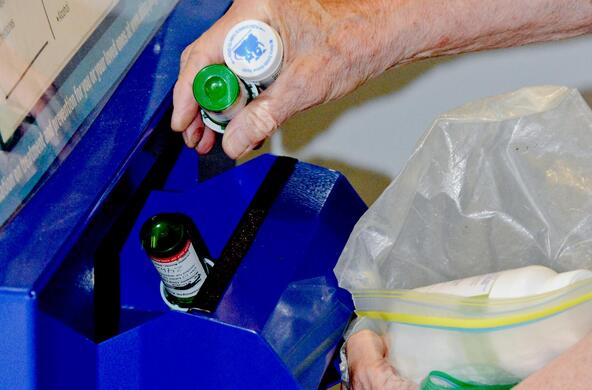In the developed world, humans enjoy the benefits of a wide variety of pharmaceuticals that can regulate almost any aspect of our physiology—blood pressure, blood sugar, blood cholesterol, ovulation, anxiety, and headache. Last night, I even saw a television ad for a pill to reduce anxiety in house cats. Many have said that we are over-medicated, but increasing longevity speaks otherwise. Antibiotics have saved millions of lives, even though their efficacy is now threatened by the selection of resistant bacteria.
Some of these drugs are degraded by our liver, while others pass through our kidneys and are found unchanged in urine. Indeed, some drugs are designed to be resistant to degradation, so they maintain their effect on our body. Observations of the occurrence of drugs and chemicals from personal care products in wastewaters are not new.
A recent paper by John Wilkinson and a worldwide team of authors is the first to document the occurrence of pharmaceuticals in rivers worldwide—sampling from 1052 locations along 258 rivers crossing 104 countries and analyzing the waters for 61 pharmaceutical chemicals. Among the most widespread anthropogenic chemicals were carbamazepine (used to reduce seizures), metformin (used to reduce blood sugar), and caffeine (used to make us at least semi-functional in the morning). In other recent work, the concentration of lithium, used to treat bipolar disorder, was reported to increase by a factor of two in waters of the Han River as it passes through Seoul, South Korea. We can assume that the fish there are quite mellow.
Some over-the-counter medicines, such as insect repellants, are observed to harm salamanders when they are tested at realistic concentrations in streams. In over 25% of the samples tested worldwide, various drugs were found at levels known to be unsafe for aquatic organisms. We can assume that high concentrations of pharmaceuticals in freshwaters are not good for humans either.
Not all pharmaceutical compounds can be removed by traditional methods of treating wastewater. In the world survey, the highest concentrations of pharmaceutical residues were found in lower-middle income countries, which are gaining access to modern drugs but often have limited wastewater treatment facilities.
The impact of pharmaceutical pollution can be expected to increase as a multiplicative function of population, affluence, and technology. Unfortunately, aquatic organisms have no voice in this problem, yet they are often responsible for maintaining the quality of freshwaters, upon which we all depend.
References
Almeida, R.M., B.A. Han, A.J. Reisinger, C. Kagermann and E.J. Rosi. 2018. High mortality in aquatic predators of mosquito larvae caused by exposure to insect repellant. Biology Letters doi: 10.1098/rsbl.2018.0526
Bernhardt, E.S. E.J. Rosi, and M.O. Gessner. 2017. Synthetic chemicals as agents of global change. Frontiers of Ecology and Environment 15: 84-90.
Choi, H.-B., Ryu, J.-S., Shin, W.-J., & Vigier, N. (2019). The impact of anthropogenic inputs on lithium content of river and tap water. Nature Communications, 10, 5371.
Wilkinson, J.L. and others. 2022. Pharmaceutical pollution of the world’s rivers. Proceedings of the National Academy of Sciences US 119 doi: 10.1073/pnas.2113947119








